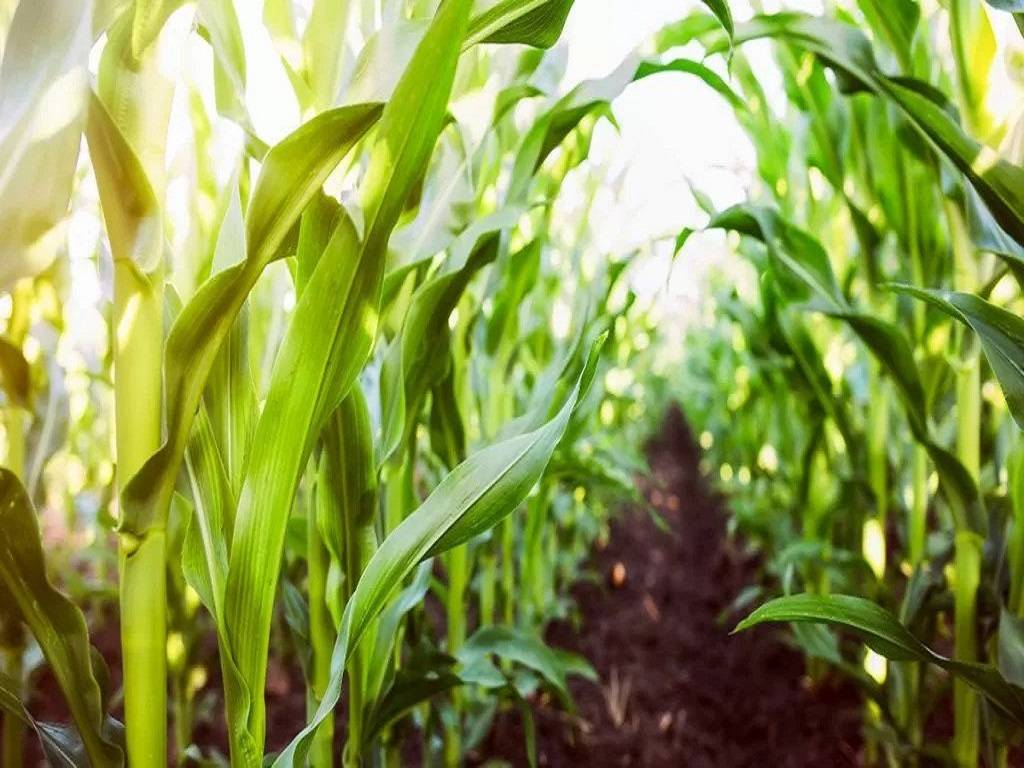
West Bengal Agriculture Minister Shobhandeb Chattopadhyay said on Thursday that approximately 1.44 lakh farmers who lost crops owing to unseasonal rain in December-January will be compensated with Rs 112.8 crores.
Unexpected rain in many South Bengal districts late last year and early this year damaged crops like potatoes and legumes, forcing farmers to resow.
Both West and East Midnapore, Hooghly, South and North 24 Parganas districts have suffered crop losses. Chattopadhyay told a media house, that around 1.44 lakh farmers will receive insurance worth Rs 112.8 crore.
What’s Covered under Crop Insurance?
The following are examples of what is and is not covered by crop insurance policies:
-
Loss or damage to the insured farmer's property.
-
Fire or natural disaster-related damage or loss (including storm, flood, tornado, earthquake, cyclone, etc.)
-
Personal accident insurance. This includes both the insured farmer and his or her family).
-
Insurance against the loss of a pump set.
- Coverage for tractor damage or loss.
-
Damage or loss caused by a power outage is covered.
Claiming process of Crop Insurance
To begin, farmers must first register with the insurance provider businesses. Crop insurance requires that the marketing surplus be registered at the time of crop seeding. The insurance company will then propose a suitable coverage plan. Market prices from the past or minimum support price guarantees are included in the coverage plan. Farmers must pay the premiums for any sort of price insurance.
In the beginning, the government will assist with premium payments. If the notified market price falls below the insured price during the harvest period, the farmer will be paid by the insurance provider.
In the event of damage, the yield statistics must first be obtained from the state/UT government within the statutory cut-off dates. The claims will then be reviewed and settled by IA.
The claim cheques and claim details will then be delivered to the individual Nodal Banks. Following that, the bank will credit the accounts of individual farmers at the grassroots level. The names of the beneficiaries will be posted on the bank's bulletin board.
















